Sam Bishoff, a high school student from Bainbridge Island, Washington, is the 2012 Jerry Jazz Musician Accent on Youth writer. His passion for jazz and the challenges he faces as
a youthful fan of it is the focus of the column.
_____
This column was originally published on June 9, 2012
*
Listen to Dinah Washington sing Accent On Youth
__________
Duke Ellington: Demanding Cultural Respect One Note at a Time
__________________________________________
The vocalist, actor and black activist, Paul Robeson, one said, “In my music, my plays, my films, I want to carry always this central idea: to be African” (“Black”). This way of thinking, of celebrating African roots, became extremely important to black artists of the Harlem Renaissance and beyond. No one embraced this approach more readily than the world famous jazz band leader, Duke Ellington. While he was not an outspoken voice in the civil rights movement, Ellington still made a tremendous impact, using respect and dignity rather than confrontation or anger to promote equality. Using the common language of music, the popularity of musicals, and the explosion of jazz into the popular music scene, Duke Ellington promoted the importance of African Americans, and inspired blacks everywhere to “command, rather than demand, respect for the race” (Anderson).
Ellington promoted civil rights ideals by taking advantage of black and white audiences’ love for his music. He composed several extended jazz suites, many of which showed unparalleled pride for his people and celebrated the legacy of African Americans. In Black, Brown and Beige: A Tone Parallel to the History of the American Negro, a forty minute suite that Ellington premiered at Carnegie Hall, Ellington “illustrated black history from the African continent to the African American contribution in World War II” (Cohen). Using his music as a medium, Ellington argued the importance of the black contribution to the modern world. Timing could not have been better. The year was 1943 and Ellington’s illustration of the black war effort took advantage of pro-WWII sentiment (Cohen). The power of Ellington’s message was that he presented it in a way that was also appealing to white Americans. Unlike the tactics of many other black activists which often alienated whites, Ellington’s approach embraced white audiences and influenced rather than forced change. Harvey G. Cohen even suggested that Ellington fused black and white America and therefore “softened the enemy” so that they would be more accepting of change. While Ellington’s shorter and more popular compositions certainly paid the bills, his true passion was for his extended pieces and for the promotion of his people. “For a long time, social protest and pride in black culture and history have been the most significant themes in what we’ve done” (Hentoff, “The Duke”). Ellington wrote prolifically in this area, producing numerous jazz suites, such as Black Beauty, Harlem Suite, and Black and Tan Fantasy which all musically illustrated the beauty of the African American (Hentoff, “Duke Ellington”).
Taking his civil rights efforts beyond music, Ellington promoted black pride to even larger audiences through the creation of several musicals. Most notably, Ellington produced Jump for Joy, an all-black musical that as Ellington said, “would take Uncle Tom out of the theater, eliminate the stereotyped image that had been exploited by Hollywood and Broadway, and say things that would make the audience think” (Holmes). The musical did say some controversial things. For one, the entire production was meant as a humorous criticism of Jim Crow laws and southern segregation (Cohen). In addition to making the audience think, it also made the performers think. Ellington was very intent on promoting black pride in his show and so he prohibited any of the actors from donning blackface or saying their lines in black “dialect”. While a few of the show’s comedians complained at first, they soon realized that they could be successful without playing down their race and “came off stage smiling…with tears running down their cheeks. They couldn’t believe it” (Holmes). Ellington succeeded in doing two important things with the production of Jump for Joy. First, he gave African Americans in both the cast and the audience something to be proud of. Secondly, and even more importantly, he proved that black pride could and should be part of popular culture and remain at the front of the public mind.
Finally, arguably Ellington’s most significant contribution to black civil rights was his promotion of jazz. The reason this contribution was so important is that jazz is a distinctly black invention and contribution to American society. Ellington loved to think of jazz as the American classical music, and at times he emphasized African Americans’ role by calling it “Negro music” (Cohen). His point was that jazz, a combination of the structure of Western classical and black traditional music, was a respectable and legitimate art form that came from a respectable and legitimate race. Ellington knew that “jazz…exploded the dichotomy between high and low cultures by bridging the gap between classical and vernacular art”, and he made sure that the audience knew this too (Anderson). He was proving to audiences that to respect the music was to respect the race. Ellington was by far the leader in jazz’s promotion. He and his band carried themselves in a respectable manner, always sharply dressed and professional. The growth of their popularity paralleled the growth of jazz’s popularity and critical recognition, and they brought the music from the speak-easy clubs of the 20’s to Carnegie Hall and the White House. This incredible growth and development in cultural recognition was an important and necessary step in black civil rights and owed much of its success to the efforts of Duke Ellington.
There is understandably a long history of animosity between white and blacks in America. However, a major reason for this tension lies in the great difference between white and black culture. We fear what we do not understand. That is why Duke Ellington played such an important role in the civil rights movement and the progression of equality. He gained respect and understanding of the black culture from his white audiences, thereby building trust and brotherhood between two very different peoples. He did so by harnessing the one thing they shared in common; music, that wonderful universal language. He was not outspoken or confrontational in his actions only because he had learned it paid to “advance the politics of race through music, lifestyle, and image, but rarely words” (Cohen).
*
Works Cited
Anderson, Iain. “Duke Ellington’s America.” The Journal of American History 98.1 (2011): 255-
. ProQuest Research Library. Web. 24 May 2012.
“Black Pride.” African American Quotes. Web. 24 May 2012.
Cohen, Harvey G. “Duke Ellington and Black, Brown and Beige: The Composer as Historian at
Carnegie Hall.” American Quarterly 56.4 (2004): 1003-34. ProQuest Research Library. Web. 24 May 2012.
Hentoff, Nat. “Duke Ellington and the D.C. Law School.” The Village Voice: 18. ProQuest
Research Library. Nov 19 1991. Web. 24 May 2012 .
—. “The Duke, in Private.” Wall Street Journal: A12. Los Angeles Times; National
Newspapers Core; The Wall Street Journal. Dec 09 1991. Web. 24 May 2012 .
Holmes, Emory. “When the A Train Hit L.A. ” Los Angeles Times: 8. Los Angeles Times;
National Newspapers Core. Apr 25 1999. Web. 17 May 2012 .
______________________________
Sam Bishoff
*
Sam Bishoff, a high school student from Bainbridge Island, Washington, is the 2012 Jerry Jazz Musician Accent on Youth writer. His passion for jazz and the challenges he faces as
a youthful fan of it is the focus of the column.
You can contact Sam at: [email protected]
———-
You can read Sam’s previous column on the next page







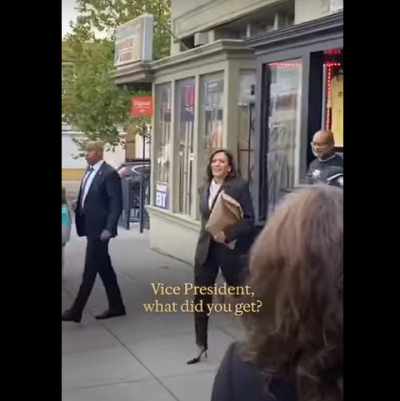
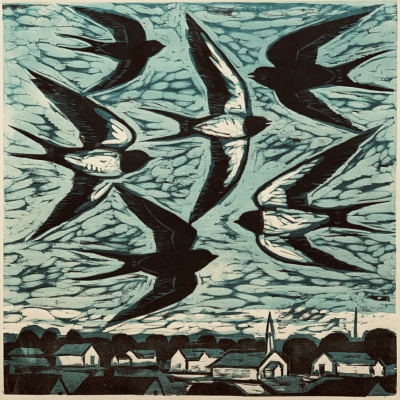
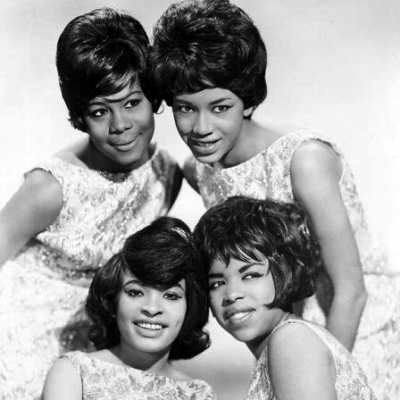
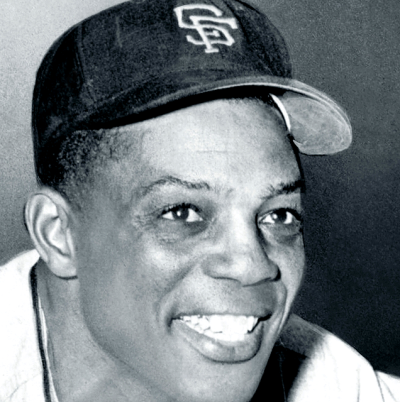
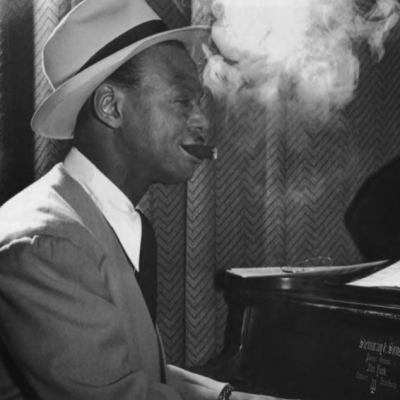
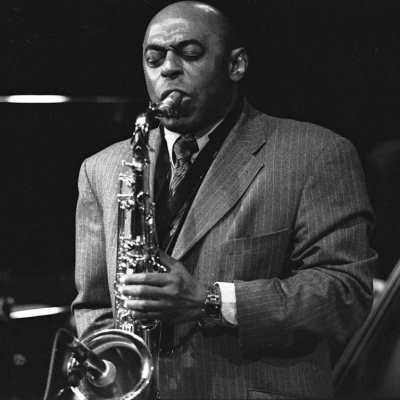
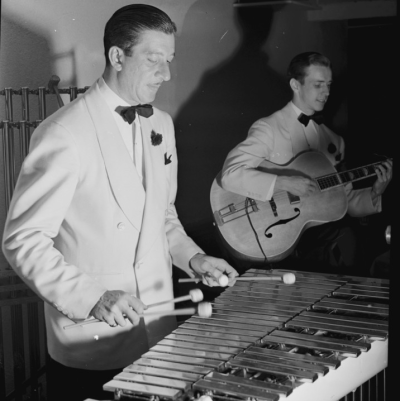

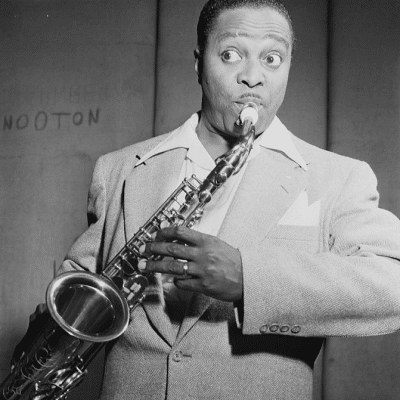
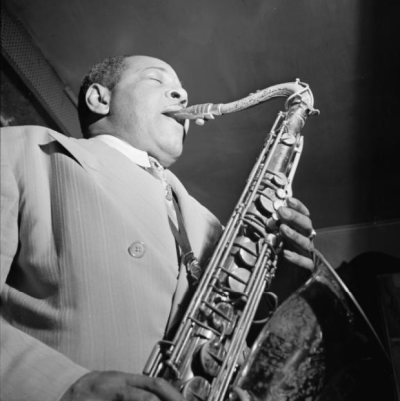
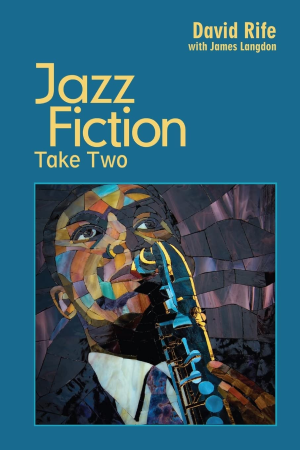
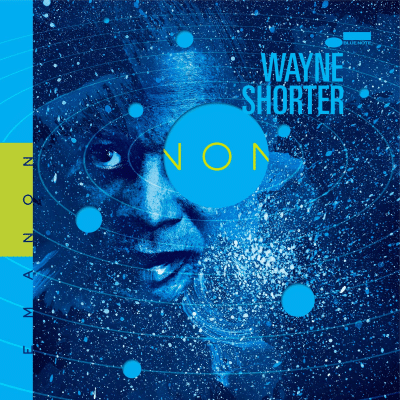
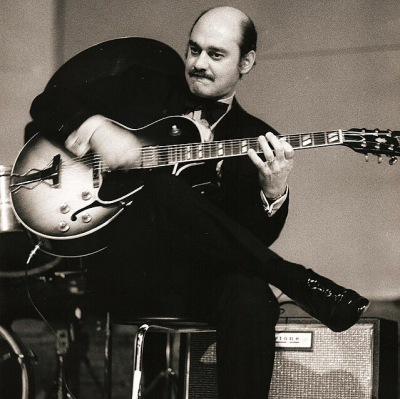
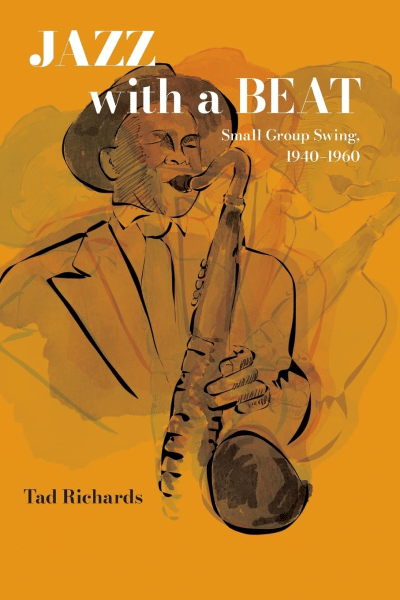
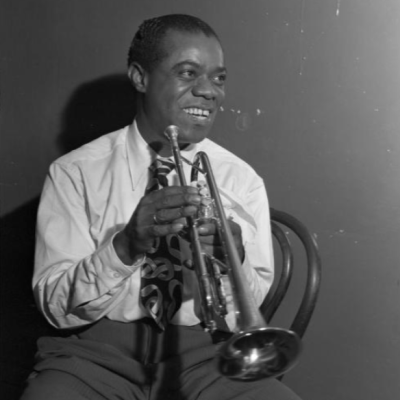
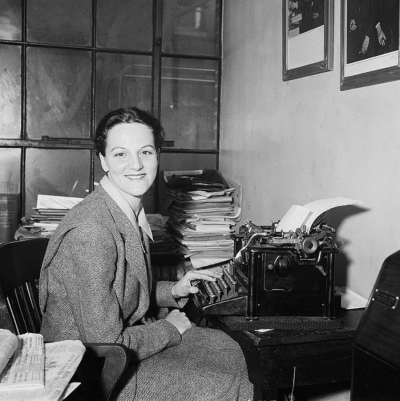
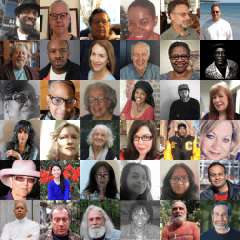
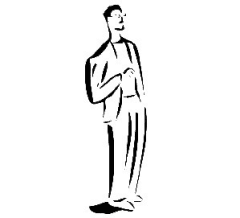
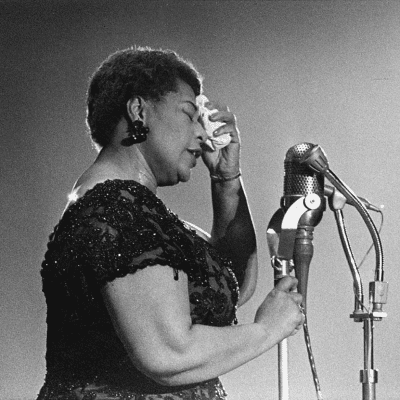



One comments on ““Accent on Youth,” by Sam Bishoff”